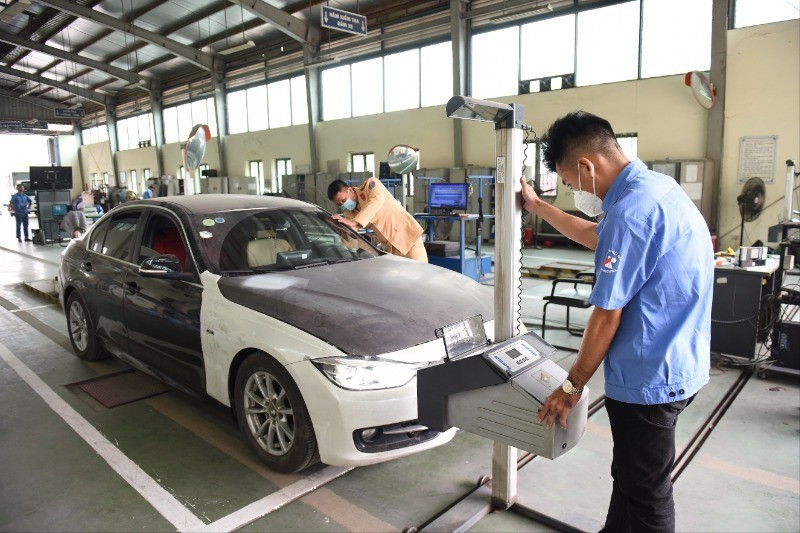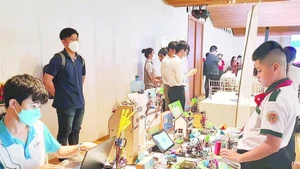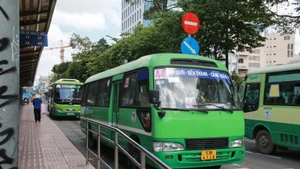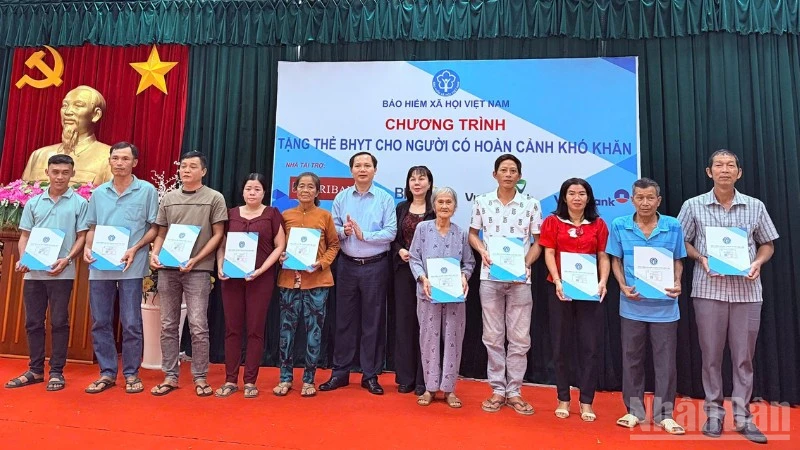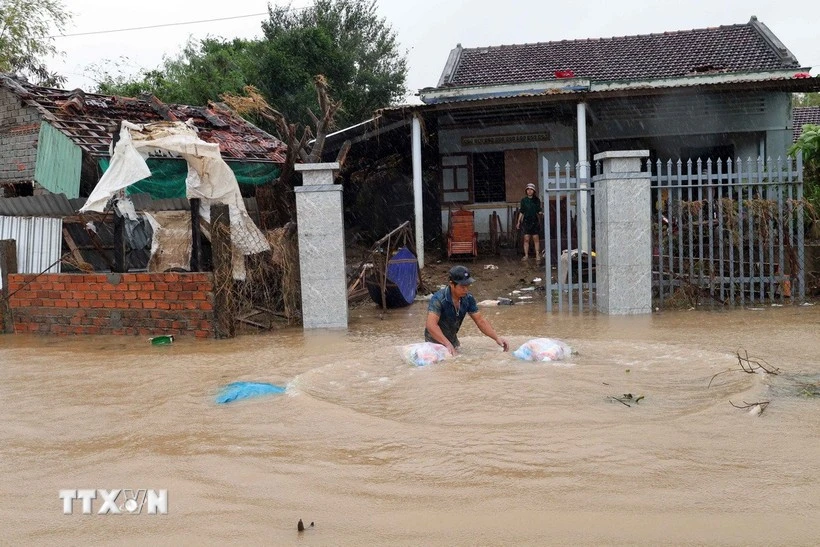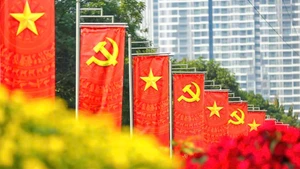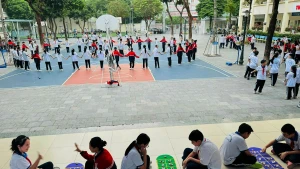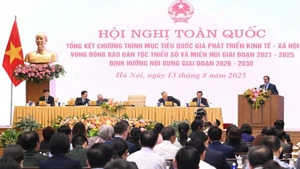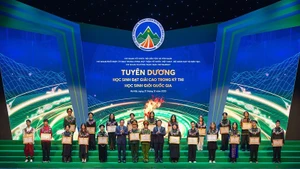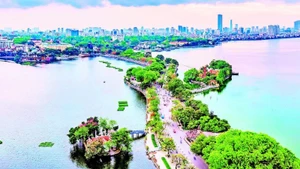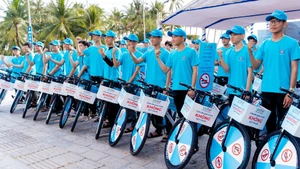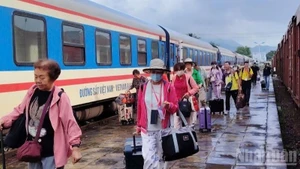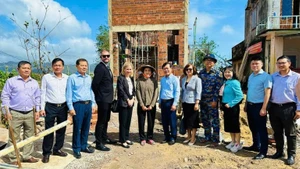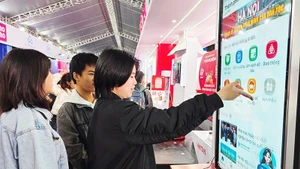Recently, the Draft Decision regulating the roadmap for applying national technical regulations on vehicle emissions in circulation in Viet Nam demonstrates the State’s determination, but also poses challenges for businesses, management agencies and the entire fuel supply chain.
The draft, prepared by the Ministry of Agriculture and Environment, stipulates a roadmap for application in stages, in accordance with the year of manufacture and the location of circulation corresponding to the emission levels prescribed in the National Technical Regulation on Vehicle Emissions in Traffic in Viet Nam.
Specifically, vehicles manufactured before 1999 will apply Level 1 specifics; Vehicles manufactured since 1999 will apply Level 2; vehicles manufactured since 2017 will apply Level 3 from January 1, 2026, and Ha Noi and Ho Chi Minh City will apply Level 4 from January 1, 2027; vehicles manufactured since 2022 will apply Level 4 from 2026 and Level 5 from 2030, and Ha Noi and Ho Chi Minh City will apply Level 5 from 2028.
Notably, from 2030, all vehicles in circulation in the two major cities of Ha Noi and Ho Chi Minh City will be required to meet at least Level 2.
One of the biggest bottlenecks is the capacity to supply qualified fuel. According to the roadmap for applying Level 5 emission standards, vehicles must use corresponding high-quality fuel. However, the actual situation shows that the current fuel supply system has not met this requirement.
A representative of Mitsubishi Viet Nam Company said that although vehicles meeting Level 5 emission standards have been produced and distributed, finding fuel that meets Level 5 standards in areas outside the two largest cities in the country is extremely difficult for users and seriously affects the durability of the engine and the vehicle's registred results.
Sharing from the inspection experience, Tran Dong Phong, Viet Nam Register, emphasised that using poor quality fuel can easily cause the vehicle to report errors, the engine to deteriorate quickly, and even fail to meet emission requirements at its next inspection.
A representative of the Viet Nam Automobile Manufacturers Association (VAMA) said that having too many different types of fuel also puts great pressure on petroleum businesses. Maintaining many fuel tanks with different standards not only increases investment costs but also makes quality control more difficult.
A factor of concern in the roadmap for applying emission standards is the ability of vehicles in circulation to meet them. Although the standards have been clearly defined by year of manufacture, in reality, many new vehicles still do not meet the corresponding emission standards.
Tran Dong Phong added that many vehicles manufactured since 2022, used for only 2-3 years, when put into inspection still did not meet the expected Level 5 standard. The cause may be harsh usage conditions, poor maintenance or unsuitable fuel.
The problem becomes more complicated as many new vehicles manufactured only a few years ago will be forced to stop circulating from 2030 if they do not meet Level 5. This lcould lead to great waste because vehicles at Level 4 standards also meet the emission criteria. There are vehicles manufactured before 2017 but with low mileage and good maintenance, so the emission level will certainly be better than vehicles of the same year but with high mileage and little maintenance.
In addition, if applied in full from 2030 without careful classification, there will be many trucks and heavy passenger vehicles that do not meet the standards, affecting national transport activities and economic and commercial activities, because these types of vehicles operate at high level of intensity and often suffer from engine deterioration much faster than passenger cars.
Therefore, applying the same emission standards to all vehicles without distinguishing between types and operating conditions is inappropriate and needs to be carefully considered.
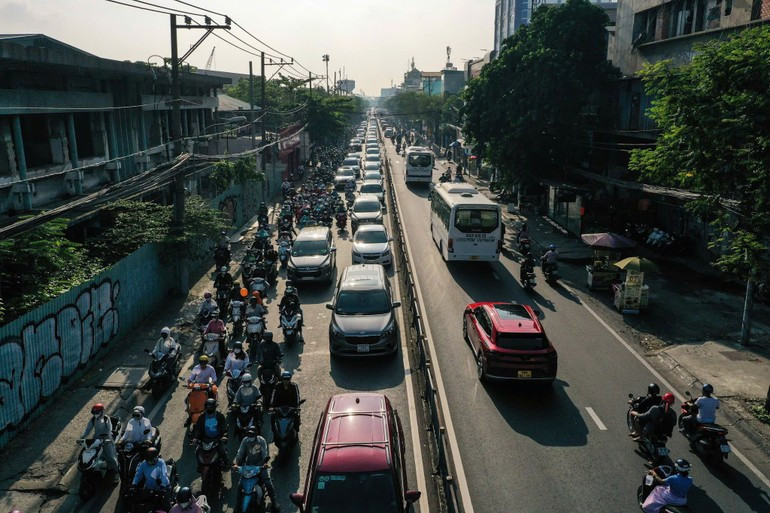
This reality requires two groups of solutions to go together: both completing the legal roadmap and establishing the “commanding” role for the Ministry of Industry and Trade in planning the supply of clean fuel, with a specific roadmap.
According to Deputy Director of the Department of Environment Le Hoai Nam, if emission regulations are issued without a synchronous fuel supply roadmap, environmental problems will not be solved. Fuel standards must be an input condition in order to control emissions output.
Do Minh Quan, Department of Domestic Market Development Management, Ministry of Industry and Trade admitted that to fully cover the national market with Level 5 fuel, more time will be needed for preparation. The Ministry of Industry and Trade is taking the lead and coordinating with the relevant agencies to ensure that the fuel supply on the market meets national standards and technical regulations.
Regarding the roadmap for applying biofuels, the Ministry will also take the lead in developing a plan to supply appropriate raw materials, coordinating with relevant ministries and branches. When there is a specific roadmap, petroleum enterprises will have time to build facilities and infrastructure to supply fuel.
Representatives of some automobile manufacturers have also proposed that it is necessary to standardise fuel into a single level to avoid causing difficulties for both distributors and consumers; helping the infrastructure investment system to be consistent, easy to operate, and synchronised with the emission roadmap.
There needs to be a financial mechanism to support enterprises distributing standard fuels because without tax incentives, loans or subsidies in the early stages, petroleum enterprises will not be interested in investing in high-grade fuels, which have higher costs but a smaller market.
